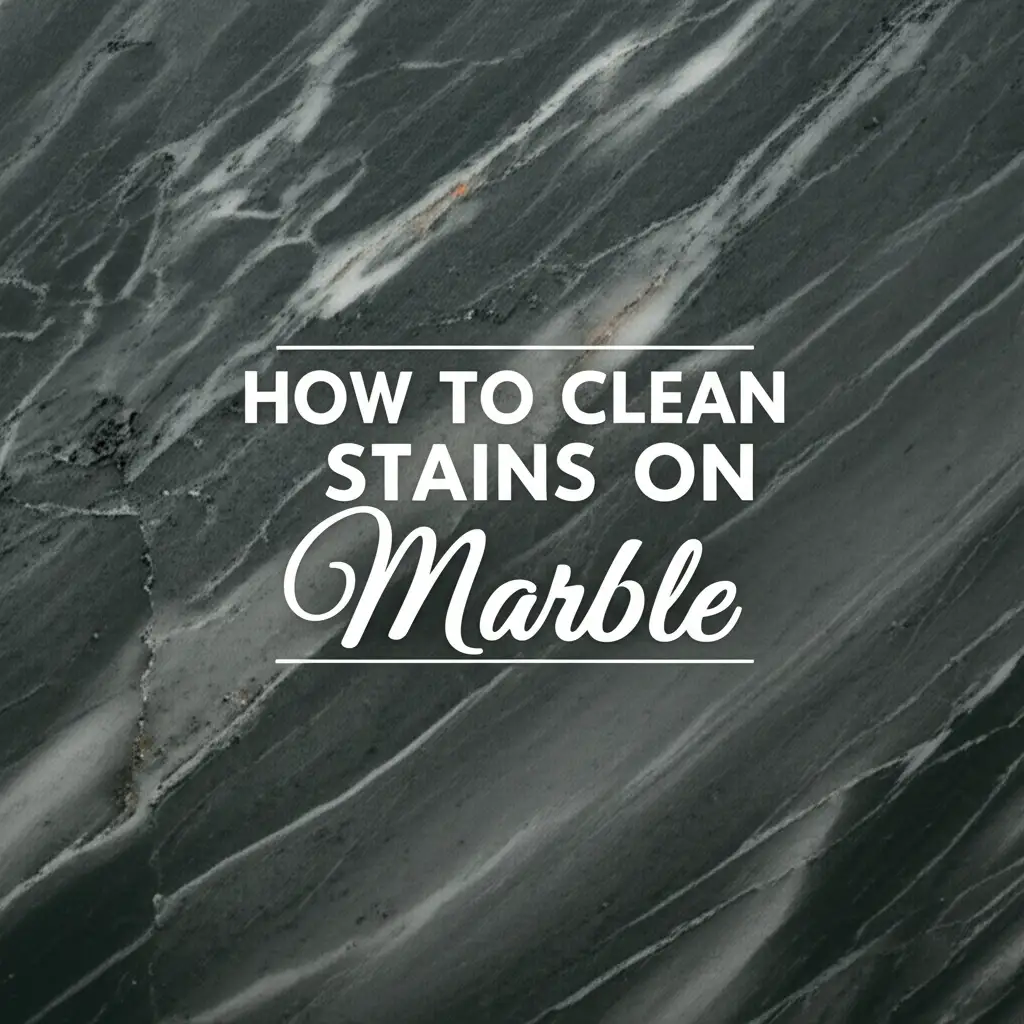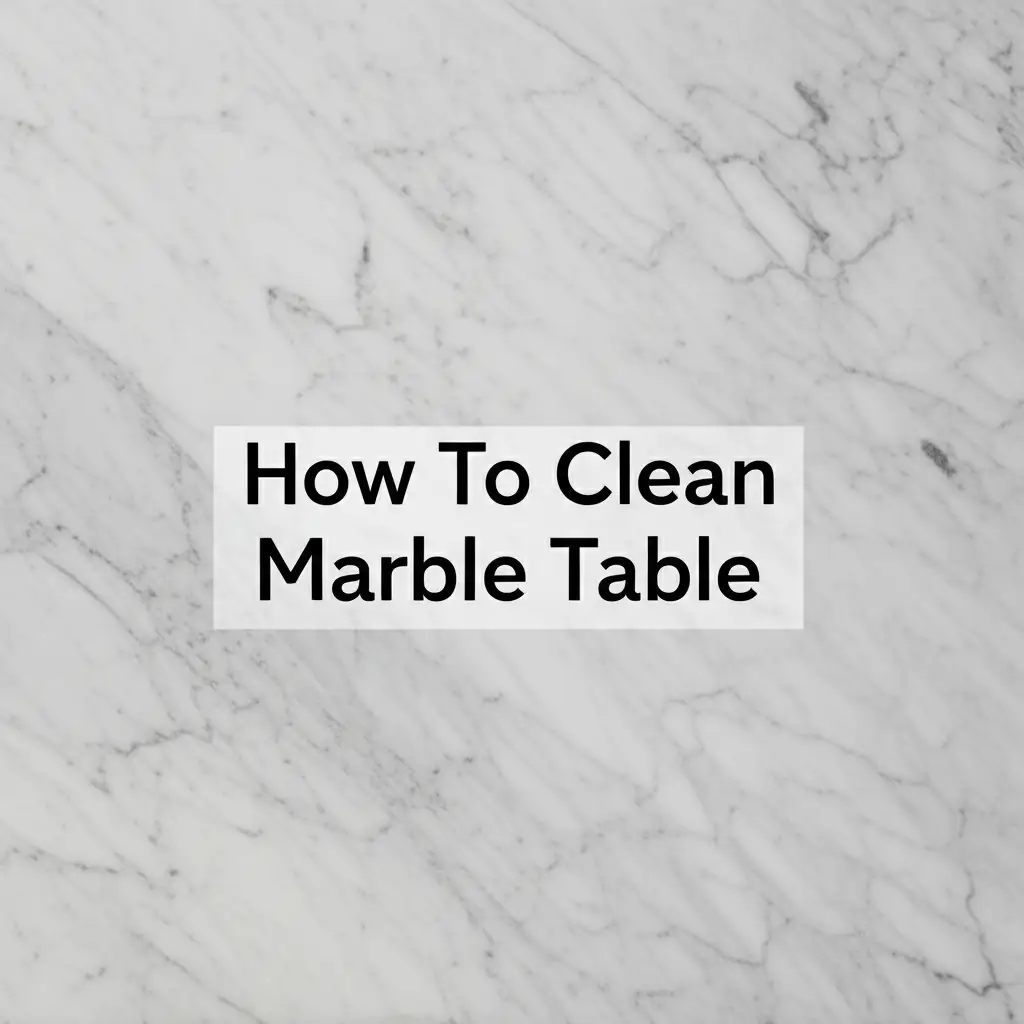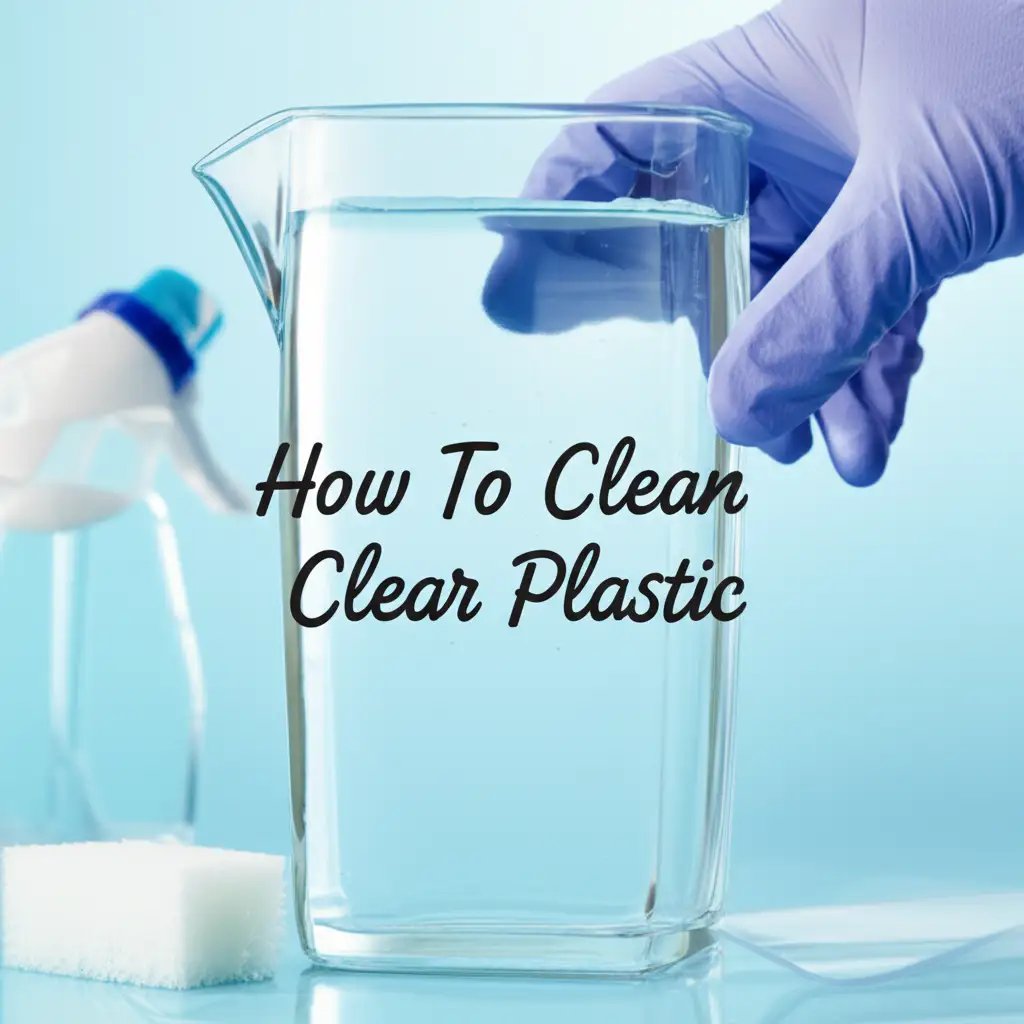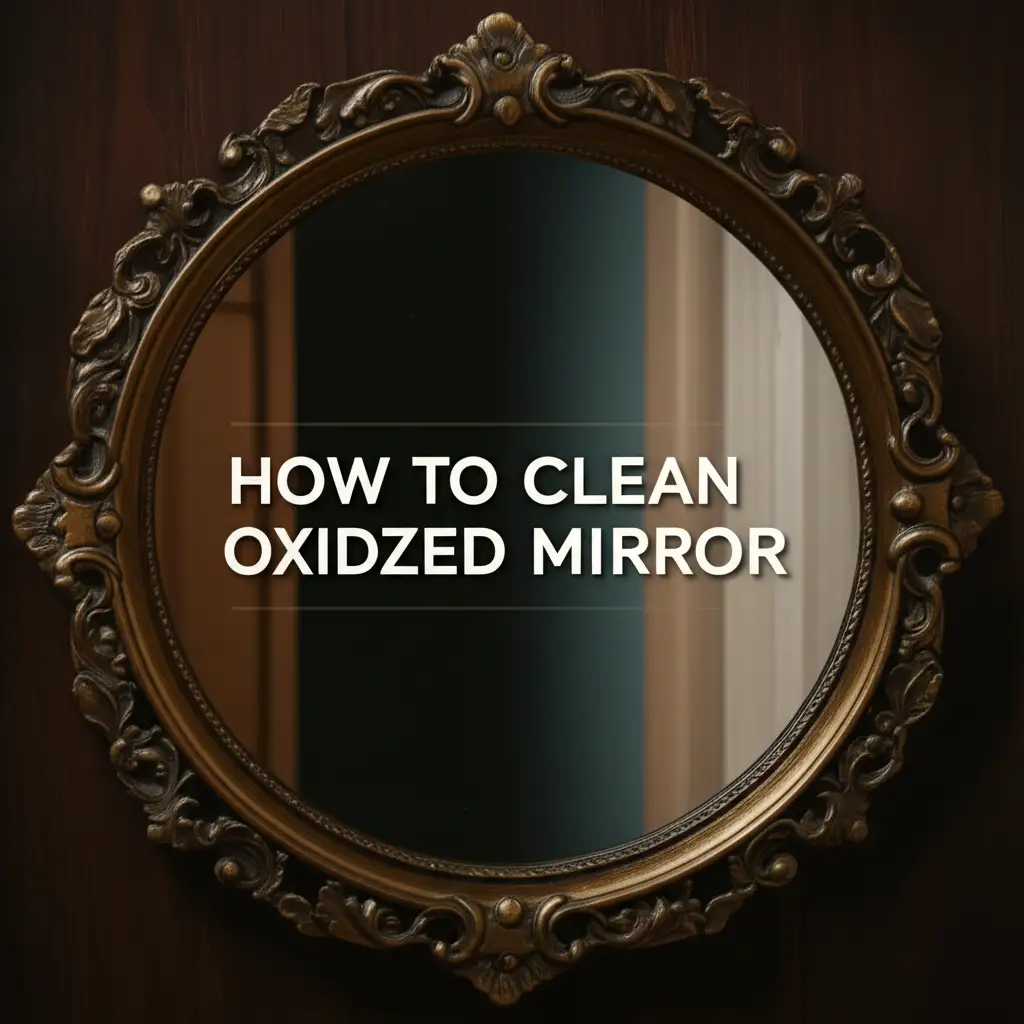· Home Care · 12 min read
How To Clean Old Porcelain Tub
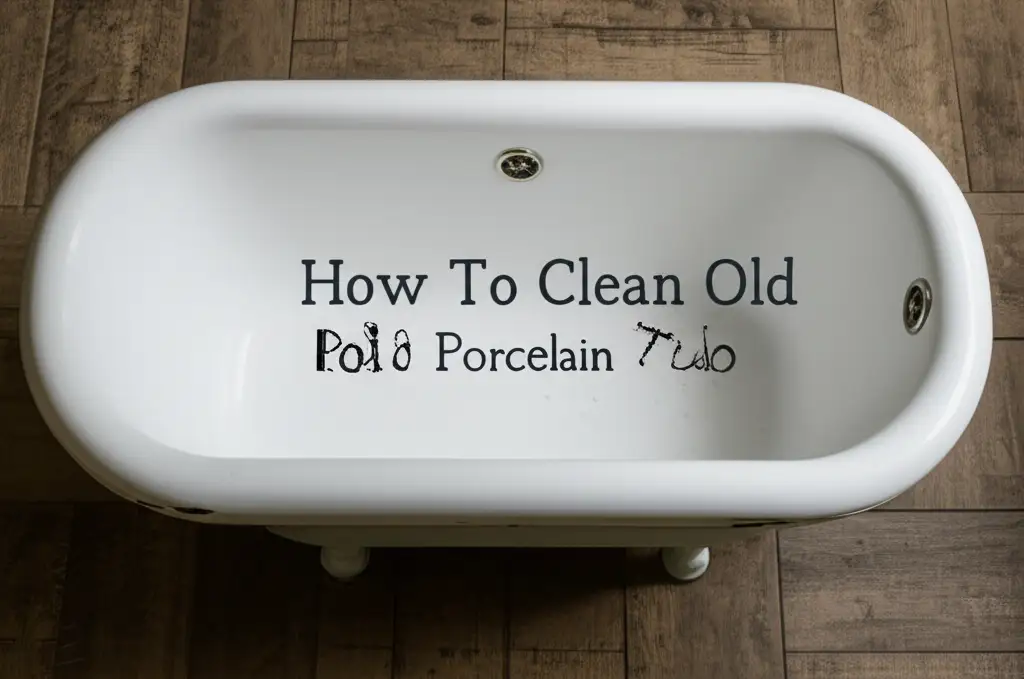
How To Clean Old Porcelain Tub: Restore Its Shine
Do you have an old porcelain tub that has lost its sparkle? Old porcelain tubs can show years of use. They collect soap scum, rust stains, and general grime. Restoring their original beauty seems challenging. I understand this common struggle.
Cleaning an old porcelain tub requires careful methods. You must avoid harsh abrasives. These can damage the delicate enamel surface. Our guide helps you learn how to clean old porcelain tub surfaces effectively. We cover everything from initial preparation to deep cleaning. You will discover gentle yet powerful techniques. Get ready to bring back the shine to your vintage tub.
Takeaway
- Assess Tub Condition: Identify surface damage before cleaning.
- Gather Gentle Supplies: Use non-abrasive cleaners and soft tools.
- Target Stains Safely: Apply specific natural remedies for different stains.
- Clean Regularly: Maintain cleanliness to prevent future buildup.
- Protect Tub Surface: Consider waxing for added protection.
Cleaning an old porcelain tub involves using gentle, non-abrasive cleaners like baking soda, vinegar, or hydrogen peroxide. Apply the chosen cleaner, allow it to sit, and then scrub with a soft brush or cloth to remove dirt and stains without damaging the enamel. Rinse thoroughly for a restored shine.
Preparing Your Old Porcelain Tub for Cleaning
Before you begin cleaning, proper preparation is key. An old porcelain tub needs a careful approach. Start by removing all items from the tub. This includes shampoo bottles, soaps, and bath toys. A clear tub area makes cleaning easier.
Next, rinse the tub with warm water. This helps to loosen light dirt. It also removes loose hair or debris. This first rinse helps you see the true condition of the tub. Look closely at the surface. Check for any chips or cracks in the enamel. Damaged areas require extra gentleness.
Identify the types of stains present. Are they rust stains, soap scum, or general discoloration? Different stains require specific cleaning solutions. Knowing the stains helps you choose the right cleaner. This preparation step ensures a more effective cleaning process.
Essential Cleaning Supplies for Old Porcelain Tubs
Selecting the right cleaning supplies is critical for old porcelain tubs. Harsh chemicals and abrasive scrubbers can permanently damage the enamel. This damage shows as dull spots or scratches. Always choose gentle, non-abrasive options. Your tub deserves careful treatment.
Baking soda is a versatile and safe cleaner. It works as a mild abrasive and deodorizer. White vinegar is another excellent option. It cuts through soap scum and hard water stains. Hydrogen peroxide is useful for yellowing or mildew. These common household items are effective.
For tools, use a soft cloth, sponge, or nylon brush. Avoid steel wool or harsh scouring pads. These tools will scratch the porcelain. A spray bottle helps apply liquid cleaners evenly. You will also need rubber gloves to protect your hands. Safe supplies protect your tub and you.
Tackling Common Stains on Old Porcelain
Old porcelain tubs often display a variety of stubborn stains. Each stain type needs a specific cleaning method. Knowing how to target each one saves time. It also prevents damage to your tub. Let’s look at common stain solutions.
Removing Soap Scum and Grime
Soap scum forms a dull, greasy film on the tub surface. It builds up over time from soap residues and body oils. This type of stain is very common. You can easily remove it with an acidic cleaner.
- Vinegar Method:
- Mix equal parts white vinegar and warm water in a spray bottle.
- Spray the solution generously over the soap scum.
- Let it sit for 15-30 minutes, allowing the acid to break down the scum.
- Scrub with a soft sponge or cloth. The scum should lift away easily.
- Rinse the tub thoroughly with clean water. This method is safe and effective for daily grime too. For similar tips on cleaning porcelain surfaces, you can check out how to clean a stained porcelain sink.
Eliminating Rust Stains
Rust stains often appear around faucets or drains. They form when metal objects leave rust marks on the wet porcelain. These orange or brown streaks can look daunting. Acidic cleaners or specific rust removers work best.
- Lemon Juice and Salt Method:
- Squeeze fresh lemon juice directly onto the rust stain.
- Sprinkle a generous amount of salt over the lemon juice. The salt acts as a gentle abrasive.
- Allow the mixture to sit for several hours, or even overnight for tough stains.
- Scrub gently with a soft brush.
- Rinse well.
- Baking Soda and Vinegar Paste:
- Make a thick paste using baking soda and a small amount of white vinegar.
- Apply this paste directly to the rust stain.
- Let it sit for 30-60 minutes.
- Gently scrub and rinse. For extremely tough rust stains, you might consider a commercial rust remover designed for porcelain, but test it in an inconspicuous area first.
Brightening Yellowed Porcelain and Mildew
Old porcelain can turn yellow over time. This discoloration often results from mineral deposits or old age. Mildew also thrives in damp bathroom environments. It appears as black spots or patches. Both need a brightening agent.
- Hydrogen Peroxide Method:
- Pour hydrogen peroxide directly onto the yellowed areas or mildew spots.
- Let it sit for 30 minutes to an hour. Hydrogen peroxide helps bleach away discoloration.
- Scrub with a soft brush.
- Rinse thoroughly.
- Baking Soda Paste for Yellowing:
- Create a paste with baking soda and water.
- Spread the paste over the yellowed areas.
- Let it dry completely, often overnight.
- Scrub off the dried paste and rinse. This helps lift embedded discoloration. For more insights on deep cleaning, consider advice on how to clean a Kohler porcelain sink, which uses similar porcelain surfaces.
Deep Cleaning Your Old Porcelain Tub for Shine
After tackling specific stains, it’s time for a comprehensive deep clean. This step ensures your entire old porcelain tub sparkles. A general cleaning solution helps remove any remaining grime. It also helps restore overall brightness. This process brings out the natural shine.
Start by mixing a generous amount of baking soda with enough warm water to form a paste. Spread this paste all over the interior of the tub. Ensure full coverage, including the sides and bottom. The baking soda acts as a gentle abrasive. It helps lift embedded dirt without scratching.
Let the baking soda paste sit for at least 30 minutes. For very dirty tubs, you can let it sit for an hour. This allows the baking soda to work on grime and odors. Next, spray white vinegar over the baking soda. You will see fizzing. This reaction helps further loosen dirt.
Once the fizzing stops, begin scrubbing. Use a soft sponge or a non-abrasive brush. Scrub in circular motions. Pay attention to the textured bottom if your tub has one. Work your way from the top edges down to the drain. This systematic approach ensures no spot is missed.
Finally, rinse the tub completely with warm water. Use a clean cloth to wipe down the surfaces as you rinse. This ensures all residue is gone. Stand back and admire your shiny, clean old porcelain tub. It will look almost new.
Restoring and Protecting Your Porcelain Tub’s Luster
Cleaning an old porcelain tub brings back its beauty. However, restoration and protection keep it looking good longer. A well-maintained tub resists future stains. It also preserves the delicate enamel. This step enhances your tub’s longevity.
After a thorough cleaning, dry the tub completely. Use a soft, clean towel. Drying prevents water spots and mineral buildup. A dry surface is also ready for protective treatments. Do not skip this drying step.
Consider applying a thin coat of car wax or a specialized porcelain sealant. Car wax, such as Carnauba wax, creates a protective barrier. It makes the surface slicker. This helps repel water and prevent soap scum from sticking. Apply it with a soft cloth. Buff it to a shine. This is similar to protecting other porcelain surfaces, such as how you might consider how to clean porcelain tile floors without streaks, where a streak-free finish is also desired.
Reapply this protective layer every few months. This maintains the barrier. It makes routine cleaning much easier. Water beads up and rolls off. Stains have less chance to set in.
For minor chips or cracks, repair kits are available. These kits contain epoxy-based fillers. They match common tub colors. Follow kit instructions carefully. Repairs prevent further damage. They also stop rust from forming beneath the surface. Protecting your old porcelain tub ensures its lasting beauty.
Maintaining Your Old Porcelain Tub’s Cleanliness
Regular maintenance keeps your old porcelain tub in top condition. It prevents dirt buildup. It also reduces the need for deep cleaning sessions. Consistent care is simpler than extensive stain removal. This approach saves you time and effort.
After each bath or shower, quickly rinse the tub. Use warm water to wash away soap residue. Wipe down the surfaces with a soft cloth. This simple habit prevents soap scum from drying onto the porcelain. It also removes hair and debris. This quick rinse is very important.
Avoid leaving metal items in the tub. Razors, cans, and bottles can cause rust stains. Store these items in a shower caddy or on shelves. Preventing rust is easier than removing it. Be mindful of what sits on your tub’s surface.
Use mild cleaners for routine cleaning. A solution of dish soap and water works well. You can also use a mixture of vinegar and water. These are gentle enough for daily use. They do not strip the protective enamel. Apply them with a soft sponge.
Schedule a deeper clean once a week or every two weeks. This helps address any minor buildup. It also keeps the tub smelling fresh. This routine prevents stubborn stains from forming. Consistent maintenance ensures your old porcelain tub stays beautiful.
What Not to Use on Old Porcelain Tubs
When you clean an old porcelain tub, knowing what to avoid is as important as knowing what to use. Certain products and tools cause irreversible damage. Old porcelain enamel is durable but also delicate. Improper cleaning shortens its lifespan. Avoid common mistakes to protect your tub.
Never use abrasive cleaners. Scouring powders containing harsh grit scratch the porcelain surface. These scratches create dull areas. They also provide tiny crevices for dirt and stains to embed. Once scratched, the enamel loses its smooth, shiny finish. This makes future cleaning harder.
Avoid harsh chemical cleaners. Strong acids like muriatic acid or powerful bleach solutions can pit or dull the enamel. While some tough stains might tempt you to use them, they often cause more harm. Over time, these chemicals erode the glossy surface. This leaves your tub looking worn and dull. Always use commercial cleaners specifically labeled “safe for porcelain.” If using a product like bleach, always dilute it and rinse very quickly to avoid prolonged contact, as advised in guidelines for how to clean a tub with bleach.
Do not use abrasive scrubbing tools. Steel wool, coarse brushes, or green scouring pads will scratch the surface. These tools are too aggressive for delicate porcelain. Stick to soft cloths, sponges, or nylon brushes. Your goal is to clean, not to erode.
Even natural cleaners, when used improperly, can cause issues. For instance, leaving highly acidic solutions like pure lemon juice or vinegar on for too long might affect the enamel over extended periods. Always rinse thoroughly after using any cleaner. Gentle methods preserve the beauty and integrity of your old porcelain tub for years to come.
FAQ Section
Q1: How often should I clean an old porcelain tub?
A: For general cleanliness, rinse and wipe down your old porcelain tub after each use. Perform a light cleaning with mild soap and water a few times a week. A deeper clean using baking soda or vinegar is recommended once every 1-2 weeks to prevent stain buildup and maintain its shine.
Q2: Can I use bleach on an old porcelain tub?
A: Use bleach with extreme caution on old porcelain. While it can whiten, prolonged exposure or strong concentrations may dull the enamel over time. If necessary, dilute bleach heavily, apply for a very short period (5-10 minutes), and rinse thoroughly immediately afterwards. Test in a small, hidden area first.
Q3: What is the best way to remove rust stains from old porcelain?
**A: **For rust stains on old porcelain, a paste of lemon juice and salt works well. Apply the paste, let it sit for a few hours, then gently scrub and rinse. You can also try a baking soda and vinegar paste. Avoid harsh rust removers that are not specifically labeled safe for porcelain.
Q4: How can I restore the shine to a dull old porcelain tub?
A: To restore shine to a dull old porcelain tub, thoroughly clean it with a baking soda and vinegar paste. After cleaning and rinsing, dry the tub completely. Then, apply a thin coat of car wax or a specialized porcelain sealant. Buff gently with a soft cloth to create a protective, shiny layer.
Q5: What if my old porcelain tub has chips or cracks?
A: If your old porcelain tub has chips or cracks, clean the area thoroughly and allow it to dry. Use a porcelain repair kit, available at most hardware stores. These kits contain epoxy-based fillers that can patch small chips and prevent further damage or rust. Follow the kit’s instructions carefully for the best results.
Q6: Are abrasive cleaners really bad for porcelain?
A: Yes, abrasive cleaners are very bad for porcelain. They contain tiny gritty particles that scratch the smooth, glossy enamel surface. These scratches dull the finish, make the tub more prone to staining, and can eventually lead to further damage like chipping or loss of the protective layer. Always use non-abrasive products.
Conclusion
Bringing life back to an old porcelain tub can truly transform your bathroom. You have learned how to clean old porcelain tub surfaces effectively. This guide covered everything from selecting gentle cleaners to tackling stubborn stains. We also discussed how to restore and protect your tub’s lustrous finish. Regular maintenance, coupled with the right cleaning methods, ensures your vintage tub remains a beautiful focal point.
Remember, patience and gentle techniques are key. Avoid harsh chemicals and abrasive tools to preserve the delicate enamel. By following these steps, your old porcelain tub will regain its original brilliance. Enjoy the renewed beauty of your vintage piece. Your tub can shine for many more years to come.
- porcelain tub cleaning
- old tub restoration
- remove stubborn stains
- gentle porcelain cleaners
- bathroom maintenance

